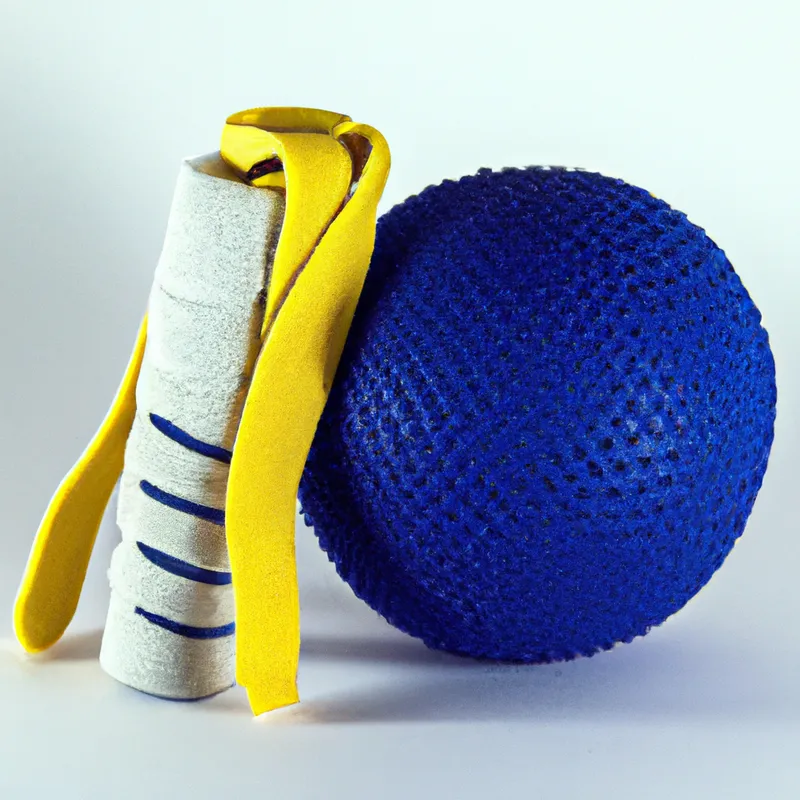Discover How Therapy Shields Against Injuries
The Role of Physical Therapy in Preventing Future Injuries
Injuries disrupt physical capabilities, mental well-being, and daily activities. Physical therapy offers a proactive solution for recovery and injury prevention. Understanding its role empowers individuals to manage their health.
How Physical Therapy Works
Physical therapy restores movement and function after injuries or chronic conditions. Licensed therapists assess conditions and create personalized treatment plans. They use therapeutic exercises, manual therapy, heat or cold modalities, and body mechanics education. This approach addresses both symptoms and injury causes.
Personalized Treatment Plans
Effective physical therapy requires personalized treatment plans. Each individual’s needs differ, so therapists conduct thorough evaluations. They consider factors like age, fitness level, injury history, and lifestyle. Based on this, therapists design tailored programs targeting specific goals. Customization increases successful outcomes and prevents future injuries.
Strengthening Muscles and Joints
Physical therapy aims to strengthen muscles and joints supporting the body. Weak or imbalanced muscles can lead to injuries. Therapists guide patients through targeted exercises to improve strength and stability. Strong muscles and joints withstand daily activities, reducing re-injury risks.
Tips for Injury Prevention
Physical therapy provides strategies for preventing injuries that fit into daily routines. Here are essential tips to consider:
Stay Consistent with Exercises
Consistency is vital for preventing injuries. Regular exercise maintains strength, flexibility, and overall fitness. Your physical therapist can recommend suitable exercises. Aim for three sessions weekly, mixing strength training, flexibility exercises, and cardiovascular activities. This commitment enhances your body’s ability to handle physical stress.
Incorporate Warm-Up and Cool-Down Routines
Warming up before physical activities prevents injuries. Proper warm-ups prepare muscles and joints, increasing blood flow and reducing strains. Cooling down after workouts aids recovery. Stretching improves flexibility and alleviates tightness. Your therapist can help you develop effective warm-up and cool-down routines.
Conclusion
Physical therapy plays a crucial role in recovery and injury prevention. Embrace its strategies to enhance your health and well-being.
Below are related products based on this post:
FAQ
What is the main goal of physical therapy in relation to injuries?
The main goal of physical therapy is to restore movement and function after injuries or chronic conditions. It addresses both the symptoms of an injury and the underlying causes, helping individuals recover effectively and prevent future injuries.
How are personalized treatment plans developed in physical therapy?
Personalized treatment plans in physical therapy are developed through thorough evaluations conducted by licensed therapists. They consider various factors such as age, fitness level, injury history, and lifestyle to design tailored programs that target specific goals, ultimately increasing the chances of successful outcomes and preventing future injuries.
What are some key tips for preventing injuries through physical therapy?
Key tips for preventing injuries include staying consistent with exercises, incorporating warm-up and cool-down routines, and regularly engaging in strength training, flexibility exercises, and cardiovascular activities. These strategies help maintain strength, flexibility, and overall fitness, enhancing the body’s ability to handle physical stress and reducing the risk of re-injury.















Post Comment